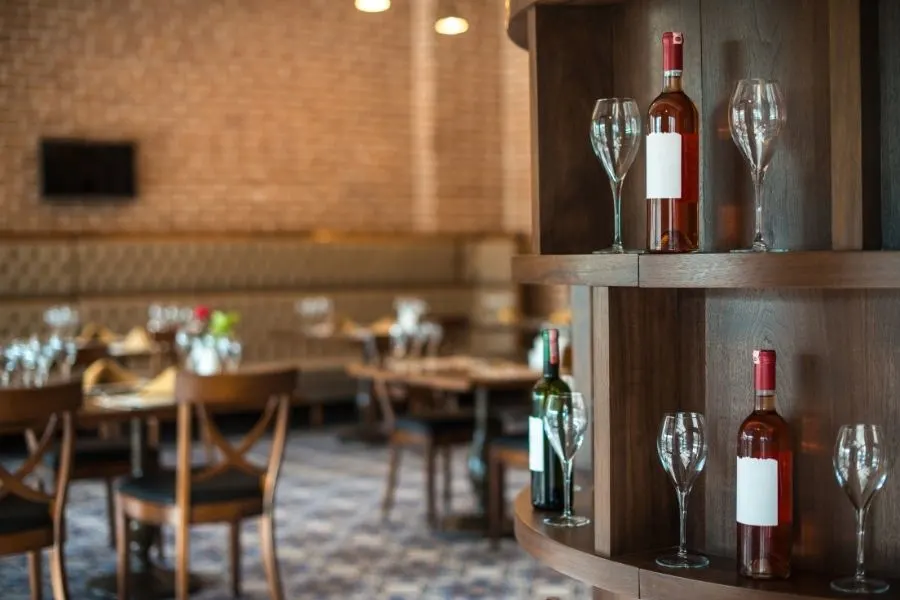Putting rice in salt shakers is as old as time, and you’ve definitely seen it done in many restaurants. Have you ever wondered why this is ?
Well, we just found out why these two food items are so commonly mixed, and we’re going to tell you too.

Why do people put rice in salt shakers?
People put grains of rice in salt shakers because salt absorbs water vapors from the air, but rice absorbs it much faster. Otherwise salt can clump up and it becomes really difficult to get out of the shaker.
In short, rice keeps the moisture away from salt by absorbing it.
Raw rice is largely tasteless and flavorless so when you mix raw rice to your salt, it does not alter the taste or flavor of the salt. This is a win-win situation. You can keep your salt safe from moisture, and you can do this in a 100% natural and inexpensive way.
Rice does not alter the flavor or taste even slightly. While you can use any kind of rice, long grain rice is more appropriate for this purpose. It tends to sit and arrange itself better in the salt shaker.
Read Also:Is There Really A Saltpeter Substitute ?
How do restaurants keep their table salt fresh?
Aside from using rice in their salt shakers, restaurants also invest a lot in dehumidifiers. Be it an actual machine, or ensuring very good airflow via Ac, or just a ceiling fan.
Restaurants have to invest in this kind of equipment, because the patrons have to feel comfortable. Humidity can ruin more than just salt. It can slowly eat away at the building itself, ruin the food, and the staff uniforms.
And most of the time the problem stems from the kitchen. Lots of cooking means lots of steam, so good airflow in the kitchen is crucial.

Why is clumped salt not okay?
In any culinary tradition, the importance of salt can never be overstated. No food is good enough if there is not enough salt in it. A bit of salt can bring life to an otherwise bland food.
Whether it’s spicy or sweet, a little bit of salt can enliven any dish. It has the power to convert a dish from simple to extraordinary to transcendent. But if you put even a small bit of salt more than how much is needed, you are going to ruin the dish.
Clumped salt is not good for cooking because you may not get the right measurement. You may end up using either more or less than necessary.
In either case, you will not get the result that you had expected from your dish. That is why it is important to have your salt in its original grainy and flowing condition.
In this form, it’s easy to measure the salt. And to keep the salt safe from moisture and getting clumped, you should mix a little bit of rice in your salt.
Before using the salt you can use a sieve to separate the rice and remove it. This way, you can use rice to keep salt in a good condition but avoid them getting into everything that you make with salt.
Read Also:Why Are Olives So Salty ? It’s Actually Useful
Final thoughts
While salt is a ubiquitous ingredient that’s used all across the world and in all culinary forms, a major problem with the common salt is that it gets clumpy, sticky, and dissolved, especially in wet and humid climates. Then, using such salt is difficult.
It is even more problematic to offer salt to your guests in the restaurants which can turn clumpy and sticky within hours even without you realizing it. This happens in all such places where the climate is mostly wet or humid.
It’s because the principles of hygroscopy are at play. In this, salt, which is a hygroscopic substance, absorbs moisture or hard water molecules from the wet and humid environment.
A common solution used to keep salt fresh and fine is mixing a little amount of rice in the salt. Rice is more hygroscopic and it absorbs moisture more quickly than salt. The result is your salt maintains its texture.

